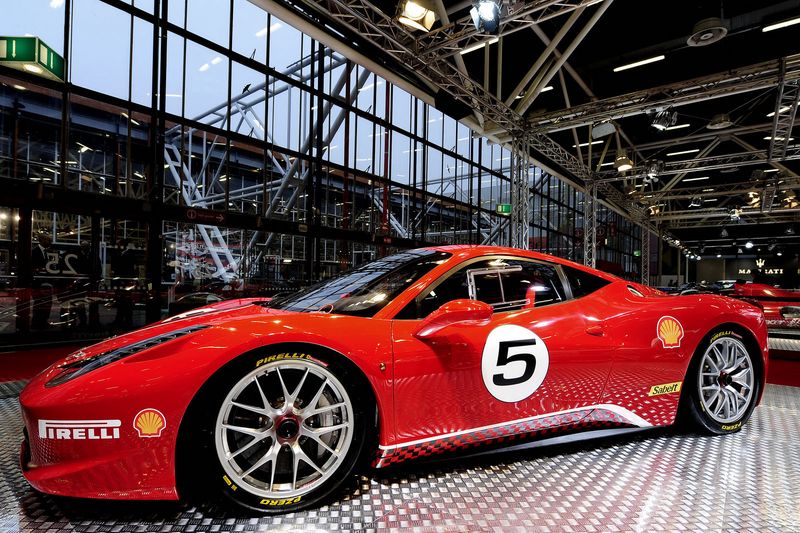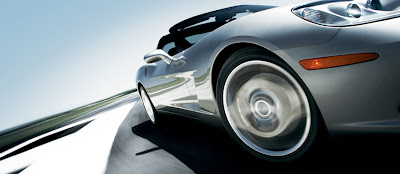From the racetrack to the road
Zonda R Pagani atelier is the answer to a specific request of the official dealer in Hong Kong
"The most extreme Zonda road ever created"
The supercar unmistakable livery to satisfy the desire of five wealthy enthusiasts, is an object of art for use on the road and - inspired by the performance of the track - is modeled on the know-how Zonda R.
Innovations
A larger front splitter, an adjustable rear wing, a flat bottom and slide the rear of a modified address the needs of 750 kg of downforce when the car is launched over 300 km / h, powered by a Mercedes-AMG V12 678 HP capable of unleashing up to 780nm.
The vacuum system is equipped with new air intakes on the roof and the tailgate, to power the motor and increase the airflow to the brake discs and the whole group uprights. The Pirelli P Zero tires, dedicated and developed for the team Pagani, embrace the new forged wheels with monodadi aluminum, and titanium bolts and nuts.
This material was selected and used to reduce unsprung weight. Moreover, thanks to the latest research on specific Öhlins faced by Pagani, the group springs / shock absorbers has been developed and implemented Alu and titanium.
The Five is the first road car chassis with a carbon-titanium, and is the first Zonda to mount a 6 speed sequential gearbox to offer guidance to the pilot without compromise, with a better change in speed, lightness and comfort in the middle of traffic.
The interior: the mirror of the soul
The Janus-faced nature of a super car born from the intended track and the road, which is reflected in the interiors are very refined, but reveals its sporty character in detail. The Five thus reveals the character inherited from the Zonda R, thanks to the leather seats with belts 4 attacks and monocoque carbon fiber Pagani, and chrome-molybdenum steel roll coated with carbon.
Also derived from the concepts developed on the track, the instruments of control - such as ergonomic levers behind the steering wheel - set themselves the goal of offering the most accurate and complete immersion in the pleasure of driving.




 9:03 AM
9:03 AM
 Melafani
Melafani































































